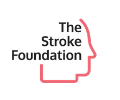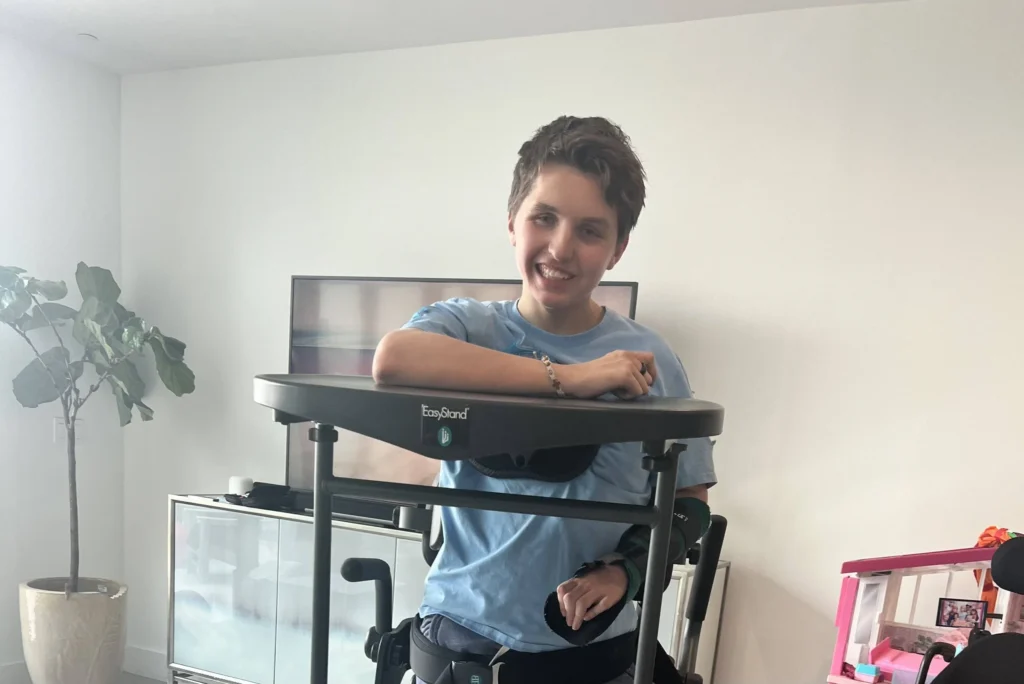Written by : Tristan Carroll, RN
Stress is a part of everyday life. For a stroke survivor, chronic stress can lead to anxiety and depression. Mindfulness and relaxation techniques can help alleviate stress and anxiety and have an overall positive effect long term.
Stroke survivors often have high levels of stress post stroke about having another stroke, changes in social engagement and loss of prior everyday living capabilities. Anxiety and stress don’t seem to get better over time according to data gathered from the South London Stroke Register.
Psychological stress is a secondary stroke risk factor and can lead to poorer outcomes long term.Both anxiety and depression can happen more often for stroke survivors, but depression seems to lead to more disability and death than anxiety alone. That’s why it’s vitally important to address stress with mindfulness and relaxation techniques.
What is Mindfulness and Relaxation?
Mindfulness is referred to as being fully present in the moment while also being aware of one’s own thoughts, body sensations, state of being, consciousness, and external surroundings. There is a sense of expansiveness and acceptance; an experience where you can simply be. Relaxation refers to a mindful approach that encourages a relaxed response.
Relaxation techniques help the body’s natural relaxation response while performing a repetitive movement or having awareness with your thoughts.
Examples of Mindfulness Based Interventions
Yoga, breathwork, and meditation can be considered forms ofmindfulness based interventions (MBI) and can help to reduce anxiety and promote overall relaxation. A small study done in the UK used several different MBI’s like breath watch, body relaxation, counting, word repetition, positive emotions, thinking of a nice place, and body movement. Based on feedback from participants, thinking of a nice place and breath watch ranked top two followed by positive emotions and body relaxation.
Counting, word repetition and body movement were too difficult for some participants to maintain or feel positive results due to physical inability to do body movements and have sustained concentration, which can be difficult for stroke survivors.
Accommodations
Assessing the needs to accommodate specific individuals of stroke survivors is important. There would be a need to modify MBI’s for survivors with aphasia. For example, one participant was told to think about the color yellow but would have preferred the prompt warm and fuzzy feeling in order to really understand and make connection to what was being asked. Others needed to hear and read prompts to fully understand what was being asked to do while at the same time also visually seeing the action to be performed. It’s important to speak slowly so the person has time to comprehend the directions being given.
A special note about using relaxation techniques that involves focusing on different body parts. When you have a person who has hemiplegic limbs, asking that person to concentrate on those affected limbs can be difficult for them, especially if this is the first time for them to do so. It’s important to be mindful that that may create an emotional response that leads to the person avoiding MBI’s in the future. Keep the lines of communication open and ask the person how they feel before implementing relaxation techniques.
How to Address the Mindset of a Stroke Survivor
If a family member or caregiver is struggling to get a loved one to participate in mindfulness or relaxation exercises and not having success, it’s important to understand the lived experience of a person who is disabled vs. an able bodied person. It may be difficult to experience the loss of identity and capabilities prior to stroke. Rather than come across as an expert in the topic, information received by the stroke survivor may be more easily received by connection through a shared lived experience. Everyone experiences life differently and it’s important to be understanding of that. The shared experience of living is what connects us, no matter what our individual experiences are.
Be mindful about the age of a stroke survivor and be curious about what experiences they have had, especially if they are a younger population. When you typically think of stroke survivors, you commonly think of the older population but younger people have strokes as well and have their own lived experiences. It’s important to remember to ask questions more often than not.
Here’s an interesting thought that was brought up by participants from another UK Study; should able bodied people, even if knowledgeable about stroke recovery, be the ones demonstrating techniques? Would it be easier to follow and inspire motivation to see a stroke survivor leading demonstrations of mindfulness/relaxation practices? Some survivors reported they would be more receptive if they feel the individual understands what it is like to experience a stroke compared with someone who has not.
Tips for Stroke Survivors and Family/Caregivers
Keep it simple: Try one thing at a time. Start with something that doesn’t require a lot of time or preparation to start. Preferably something you can do anywhere at any time.
Practice daily: even starting with 10 min daily can be effective. Repeat until you form the habit of doing. Extend the time frame as you feel ready.
Set a daily reminder. Repetition is a key component in building habits. Set a reminder for the same time every day. In the beginning expect that you won’t be perfect. It takes an average of 66 days to help your body to remember on its own. You can use stickers, fridge magnets, or daily reminders through phone alarms or emails.
Get your family/caregiver involved in participation with mindfulness techniques. Having others participate increases the likelihood that you will stick to a routine. Stress happens for everyone connected to the stroke survivor. Having family members or caregivers practice with you may provide emotional support both ways.
Tailoring Self-Help Mindfulness and Relaxation Techniques for Stroke Survivors: Examining Preferences, Feasibility and Acceptability https://www.ncbi.nlm.nih.gov/pmc/articles/PMC6399145
“I Assumed It Would Be Somebody Who Had a Stroke That Was Doing This”: Views of Stroke Survivors, Caregivers, and Health Professionals on Tailoring a Relaxation and Mindfulness Intervention https://www.ncbi.nlm.nih.gov/pmc/articles/PMC9914663





